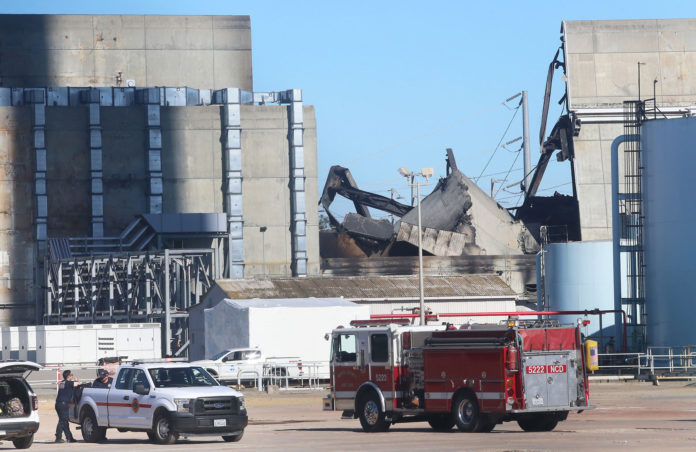
MONTEREY COUNTY — A new GIS-based data dashboard is now online and available to the public to track where environmental testing and monitoring have taken place across the tri-county area in response to the 2025 Moss Landing Vistra Battery Fire.
This new interactive dashboard — mtyhd.org/MossLandingBatteryFireDashboard — allows the user to find results of water, soil testing and screening results collected throughout the area, beginning Jan. 17, 2025. It will continue to be updated as additional testing results are analyzed, including the most recent samples collected as part of the Community Sampling Plan.
“Due to the large volume of air monitoring data, the dashboard is being updated in phases,” according to Monterey County Environmental Health Bureau, which launched the dashboard. “Some of this data has already been incorporated, and the remaining information will be added over time to ensure accuracy and completeness.”
The GIS dashboard brings together data from a range of reliable sources to provide a comprehensive view of environmental conditions. In addition to the Monterey County Environmental Health Bureau, contributors include: U.S. EPA; CTEH (Vistra’s environmental consultant); California Department of Toxic Substances Control (DTSC); Santa Cruz County Agricultural Commissioner; Santa Cruz County Environmental Health; and Never Again Moss Landing, a grassroots community group, contributed screening data to support transparency and public awareness.
County staff collaborated with toxicologists and subject matter experts at the Office of Environmental Health Hazard Assessment and California Department of Public Health to identify relevant regulatory criteria used to screen and/or assess for potential health-related concerns. The dashboard can filter for test results that are at or above these health-related criteria or simply show when a detection occurred.
“Environmental assessment is a complex and ongoing process,” stated County officials. “Monitoring will continue throughout the debris removal and site cleanup phases. As a result, data updates may not always occur immediately or on a set schedule.”














